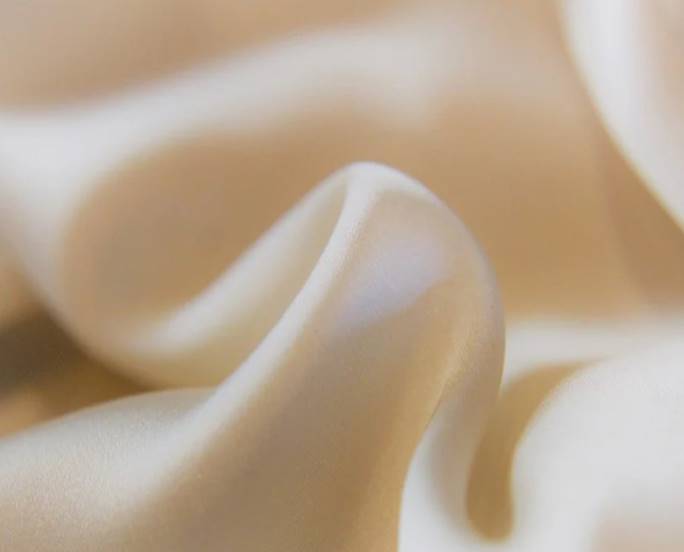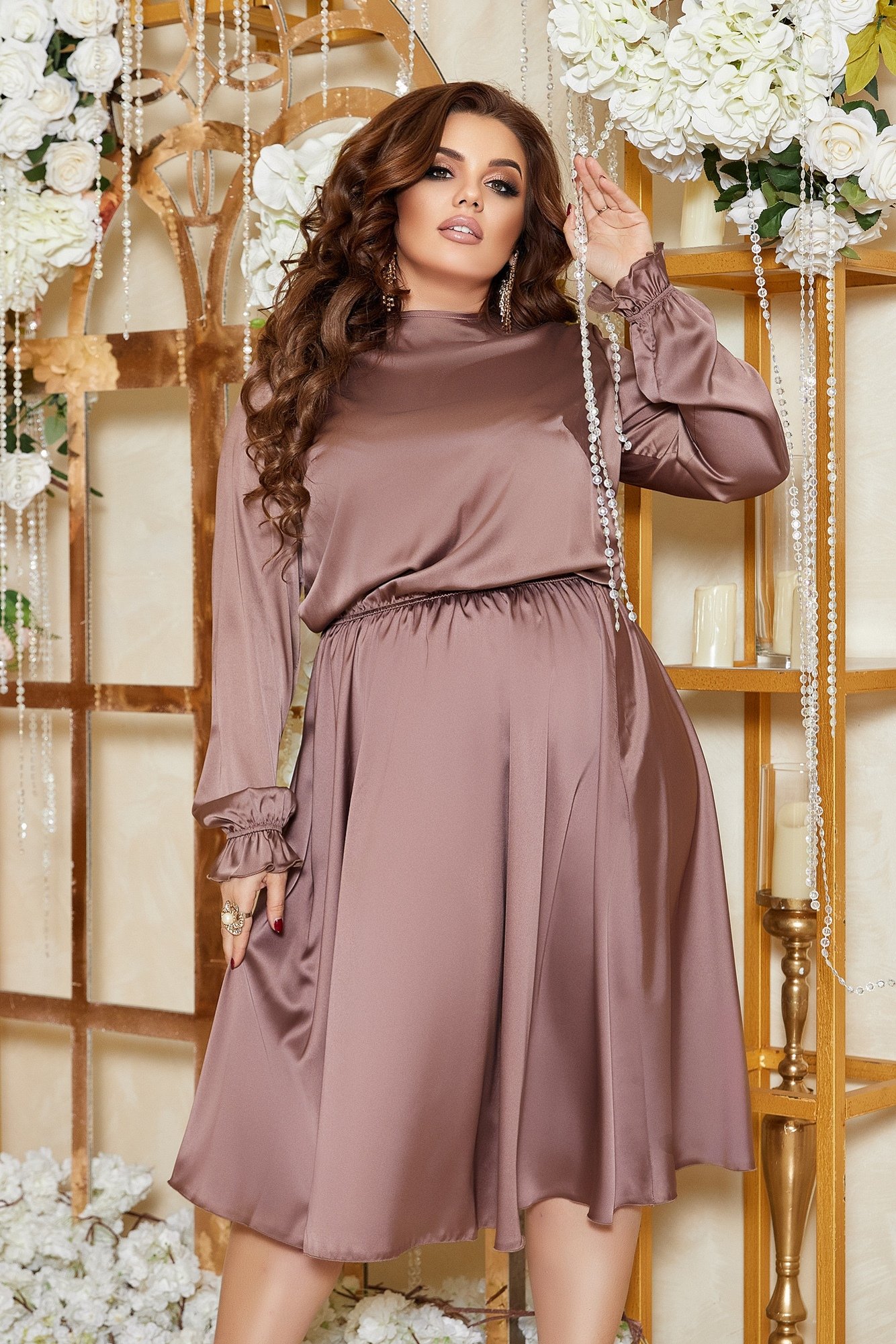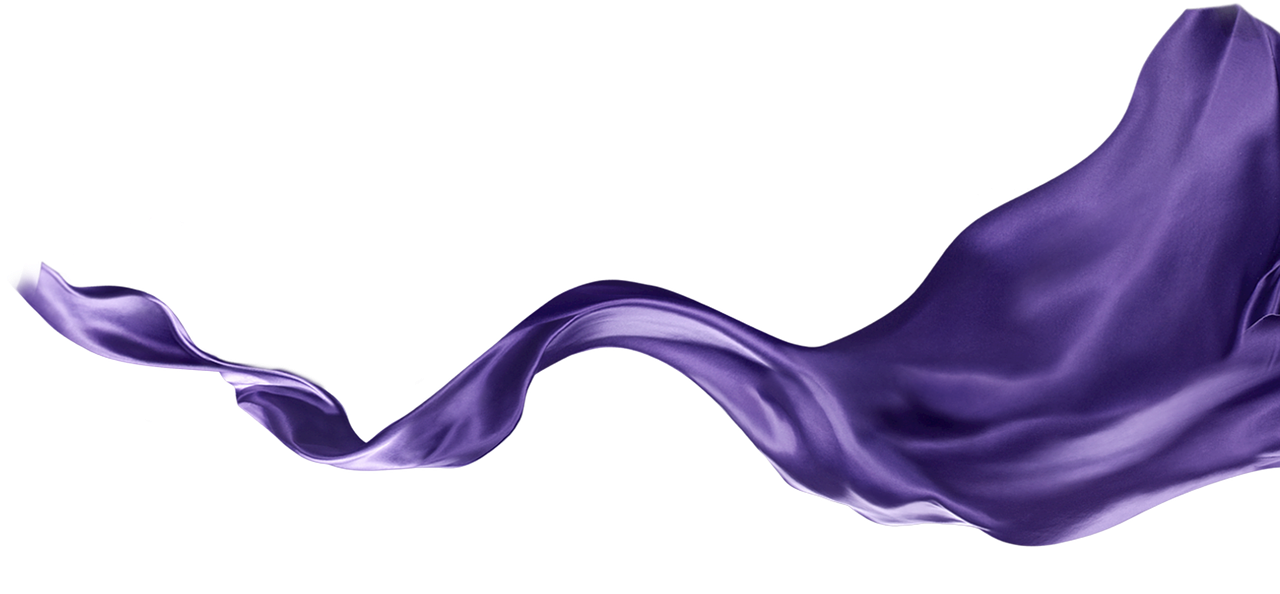
Silk features
Silk is a precious fabric known around the world for its soft luster, incredible smoothness and high durability. It is from natural silk that the clothes of kings and nobles in antiquity are made. Nowadays, fortunately, this fabric is available to all of us: it is used to make great clothes and shoes and luxurious interior decorations.
How is silk made?
Perhaps few people know that silk is not made from materials of plant or animal origin. It was created from the cocoons of silkworm caterpillars.
History of Silk

We should be grateful to the ancient Chinese masters, who are actually the fathers of silk. They were the first to make silk threads from cocoons. It was not until 550 AD that silk arrived in Europe.
Production technology
Silk production technology is an easy task. Caterpillars of moths and silkworms are bred in special nurseries. When a caterpillar is wrapped in a cocoon, it is killed and the cocoon is flooded with hot water. Once cooled, the cocoon opens. 300 to 1000 m of silk fibers are obtained from one cocoon. The thread is sealed by twisting 5-8 fibers at a time and wound on spools.
The windings are sorted, processed, sometimes the fibers are twisted further to increase the density. The finished material is sent to the factory. There the yarn is soaked in water and dyed. Then it is used to make fabrics for different purposes. The type of fabric and the density of the threads will depend on the type of silk fabric.
What are the chemical and physical properties of silk?
Few people know that the chemical composition of silk is extremely close to the chemical composition of our hair. 97% of it consists of protein, the rest is wax and fat. Its composition is as follows:

1. 18 amino acids;
2. 2% potassium and sodium;
3. 3% fat and wax components;
4. 40% sericin;
5. 80% fibroin.
Natural silk is extremely expensive and few ladies can afford it. The high price of silk has made many artificial silk factories start working, producing synthetic silk and viscose silk. but strength and durability vary considerably.
Physical properties of natural silk.
1. Extremely high density, abrasion resistance and acid and alcohol resistance. Only a highly concentrated solution of acid or alkali can damage quality natural silk.
2. Great smoothness and shine. Silk touches the skin extremely nicely, flows gently on the body and shines softly, making silk dresses divine.
3. Bactericidal and hypoallergenic properties. Silk prevents the growth of bacteria, absorbs unpleasant odors and does not cause allergies. That is why it is often used to make clothes and bed linen.
4. Wrinkles. Ordinary silk clothes are easy to wrinkle. But lycra silk or jacquard silk hardly wrinkles.
5. Natural silk does not burn: when a spark touches a silk garment, it begins to smolder, spreading the smell of burnt feathers.

Other properties that silk has.
1. Silk dyes well in all shades due to the high hygroscopicity of the material.
2. Silk is stretchy and perfectly removes moisture from the body.
3. It has a relatively medium shrinkage: after washing, the silk fabric always shrinks and can lose up to 5% of its original length.
Types of silk.
1. Twill - this is a fabric that maintains its shape well and has a muted sheen and high density. This fabric is ideal for sewing dresses, skirts, lining for outerwear and ties.
2. Silk satin - this is a fabric that has two sides: a shiny front and a matte back. This fabric can be draped well and can have different densities. It is used for making clothes, shoes and interior decoration.
3. Silk-chiffon - Differs in softness, transparency, roughness and dullness. Used for blouses, dresses, gowns.
4. Dupion Silk - This is a thick fabric with shine. Used for sewing curtains and vertical blinds.
5. Velvet - Luxurious and heavy silk fabric. This fabric captures light in an interesting way.
6. Organza - Essential organza is a suitable and preferred material for wedding, ball and evening wear, as well as for curtains. Organza is sometimes used in flower boutiques to make bouquets, as well as by anglers to make artificial flies for bait

Where is silk used?
First of all, silk is part of many clothes, as this fabric maintains a comfortable body temperature in summer and even winter.
Secondly, silk is used in surgery because it has disinfectant and bactericidal properties. Threads made from the outer or inner fiber of a cocoon - burette silk - are best suited for making surgical sutures.
Advantages and disadvantages
Advantage 1: High air permeability , which allows the body to breathe;
Advantage 2: Good hygroscopicity . Silk absorbs sweat and evaporates extremely quickly;
Advantage 3: Excellent thermoregulation and ability to adapt to human body temperature;
Advantage 4: Wear resistance , which ensures long life of silk garments.
Advantage 5: Beneficial effect on the skin. Silk has been shown to stimulate regeneration processes in the upper layers of the epidermis.
What are the disadvantages of natural silk?
Disadvantage 1: Price. Natural silk is expensive.
Disadvantage 2: Special care. Natural silk needs special care and maintenance.
Disadvantage 3: It should not be washed at high temperatures. If you try to wash clothes made of natural silk at high temperatures, this can greatly impair the quality of the clothes.
Disadvantage 4: Be careful when ironing.
Disadvantage 5: Silk loses its strength with prolonged exposure to ultraviolet radiation.
Despite the fact that silk has several disadvantages, it remains one of the most popular and desired fabrics in the world.
How to take care of our silk clothes?
1. Be sure to wash by hand at a temperature not exceeding 30 ° C. You can also put the clothes in the washing machine, but in "delicate wash" mode.
2. It is recommended to wash your clothes with a detergent that is specially designed for silk.
3. Do not manually squeeze clothes from natural silk so as not to spoil their structure.
4.Irone without steam.
5.After washing, rinse the colored silk in lukewarm water with the addition of vinegar (5 tablespoons 9% vinegar per 10 liters of water).
We hope you found this article useful! Greetings from the LVV Fashion team!